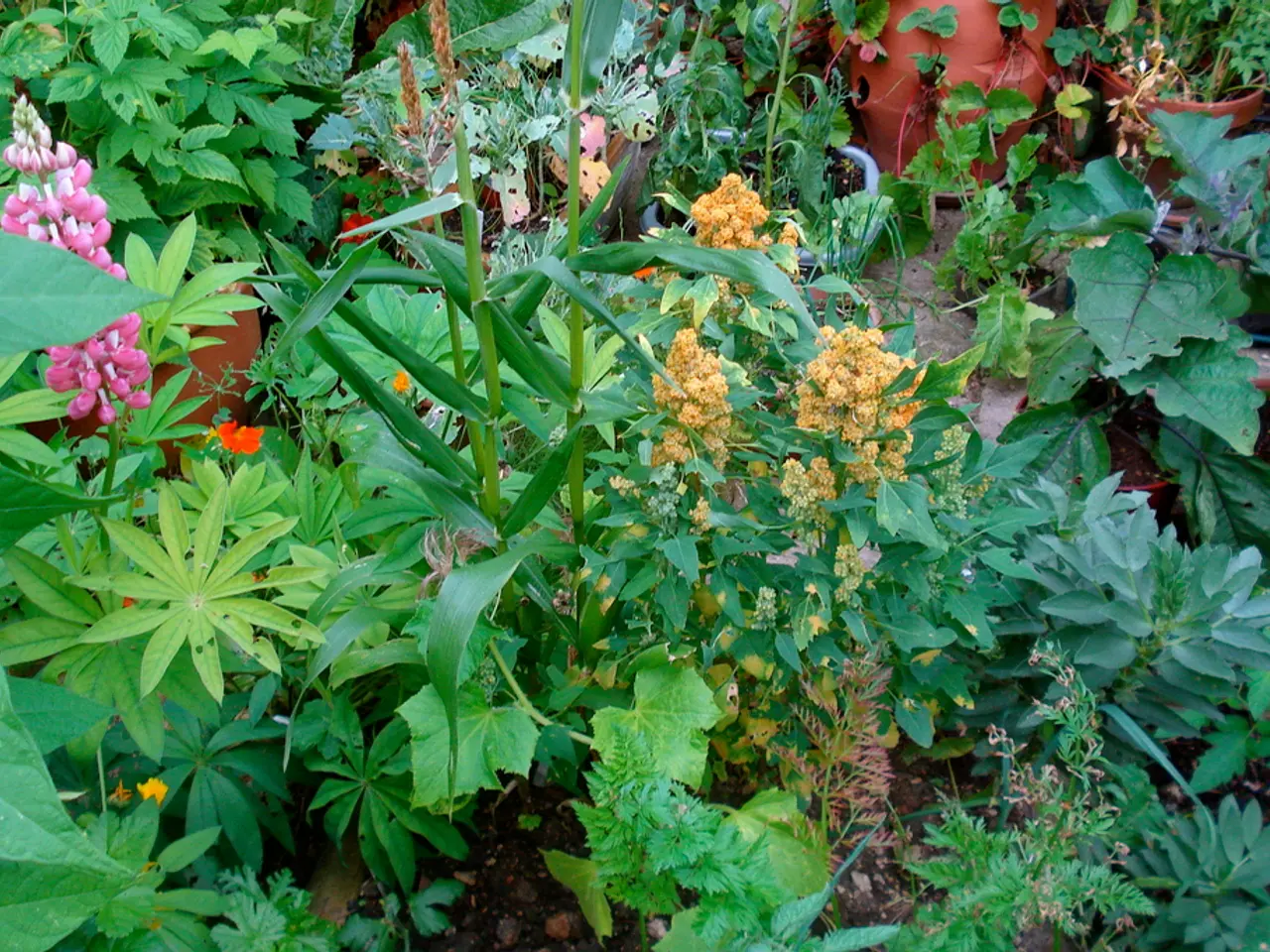Ways to Variety Your Personal Garden at Home
In an effort to create thriving, sustainable, and wildlife-friendly gardens, homeowners are encouraged to adopt a combination of edibles, ornamentals, and strategic design elements that support ecosystem health and garden resilience. Here are key approaches based on the latest expert recommendations:
### 1. Incorporate Native Plants and Seasonal Rotation
Integrating native flowering plants, such as milkweed, coneflower, and lantana, into your garden attracts local butterflies, bees, and other pollinators, providing food and habitat naturally adapted to your area. This supports biodiversity by encouraging indigenous wildlife. Additionally, seasonal rotation of edible crops reduces pest buildup and soil nutrient depletion while maximising yield throughout the year.
### 2. Use Companion Planting and Herb Varieties
Companion planting involves growing plants that mutually benefit each other by improving growth, repelling pests, or attracting beneficial insects. For example, growing marigolds near tomatoes can deter nematodes. Growing a variety of herbs, such as basil, rosemary, thyme, and mint, attracts pollinators and beneficial insects and provides culinary and medicinal benefits.
### 3. Create Pollinator Gardens
Planting pollinator-friendly gardens with a mix of nectar-rich flowers, including native species, sustains bees, butterflies, and other pollinators. Installing bee houses and butterfly feeders provides shelter and supplemental food sources, enhancing pollinator populations in your garden.
### 4. Incorporate Vertical Gardening and Multistrata Agroforestry
Vertical gardening maximises space by growing climbing plants and vines on trellises or walls, increasing productivity per square foot. Employ multistrata agroforestry by layering trees, shrubs, herbs, and ground plants to create diverse vertical habitats. This increases biodiversity and optimises sunlight and soil resources.
### 5. Use Container Gardening and Natural Mulch
Container gardening allows flexible placement of plants, aids in pest control, and supports growing diverse plants in limited space. Apply natural mulch (wood chips, straw, pine needles) to suppress weeds, retain moisture, improve soil quality, and provide habitat for beneficial insects and soil organisms.
### 6. Add Water Features and Shelter
Small water sources like birdbaths, fountains, or shallow bowls attract birds, bees, butterflies, and other wildlife by providing drinking and cooling spots, thus increasing garden biodiversity. Creating shelter with brush piles or hedgerows offers nesting and protection for birds, small mammals, and beneficial insects, promoting a balanced ecosystem.
### 7. Windbreaks and Riparian Buffers (For Larger Gardens)
Plant windbreaks (rows of trees or tall shrubs) to protect crops from wind damage, reduce soil erosion, and provide wildlife habitat. Establish riparian buffers with trees and grasses near water bodies to filter runoff, protect aquatic ecosystems, and increase biodiversity.
By implementing these strategies, homeowners can create a resilient, productive, and wildlife-friendly garden that supports a vibrant ecosystem, fosters healthy plant growth, and enhances enjoyment of nature at home.
- To help maintain a thriving community, consider sharing news about local events centered around home-and-garden activities, such as gardening workshops or composting demonstrations, in your community newsletters.
- For those who enjoy gardening and lifestyle pursuits, an upcoming community event could feature a talk by an environmental expert on the benefits of incorporating pollinator-friendly plants in home-and-garden design, emphasizing the importance of sustainable practices for the well-being of our ecosystem.
- To promote the beauty and harmony of wildlife-friendly gardens, create a monthly lifestyle column showcasing unique home-and-garden features, such as vertical gardens, pollinator gardens, or sustainable water landscapes, inspiring homeowners to incorporate eco-friendly elements in their home-and-garden designs.



